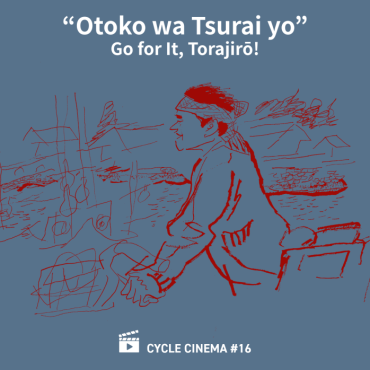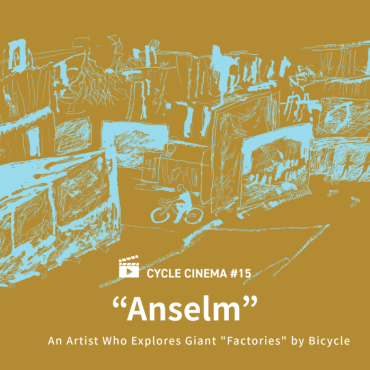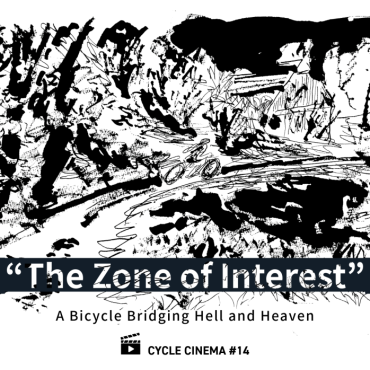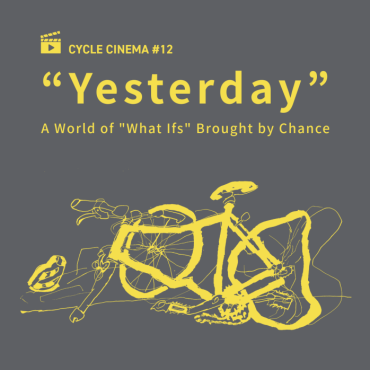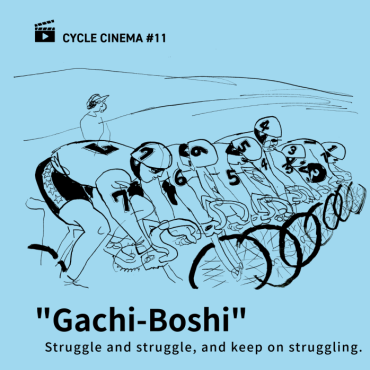
“Red Rocket”
Racing Forward at a Barely Sustainable Speed
There are times in life when you have to return to a place you never wanted to go back to. For Mikey, home was exactly that kind of place. He ends up returning to the house in Texas where he once lived with his wife. But that relationship is long over. When Mikey asks, “Can I stay for a while?”, his wife Lexi is completely unwilling. Still, Mikey manages to secure the living room sofa as his bed—on the condition that he pays Lexi and her mother Lil, who are struggling to make ends meet, $200 a week in rent. There was a time when he was known in Hollywood as a porn star, but that glory is nothing more than a shadow now. Having lost his place in Hollywood as well, he has returned with almost n […]


